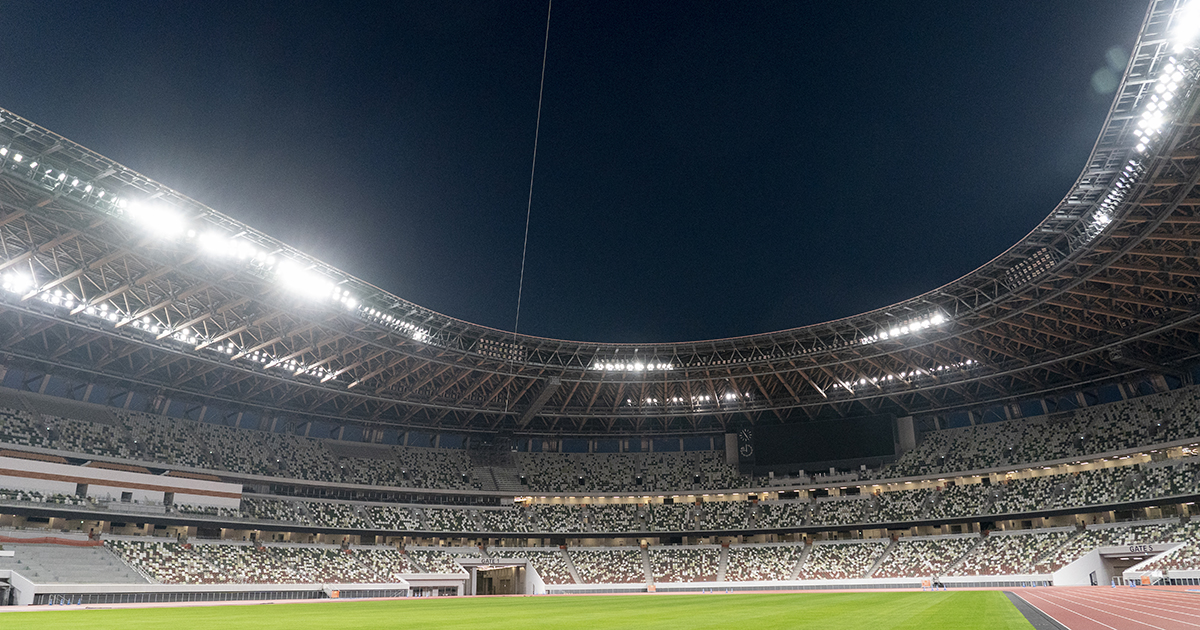
When audiences across the world sit down to watch the Beijing Winter Olympics, they’ll do so from the warmth and comfort of the lounge. At the other end of the signal chain, as skiers carve sparkling showers of ice crystals out of mountainsides, the environment is a little less friendly, leaving broadcasters taking special measures to keep both crew and equipment comfortable.
Source: The Broadcast Bridge
AT A GLANCE
Though the hook in this piece is camera operation at this year’s winter Olympic Games, it is much more than that. The majority of material concerns real world examples of broadcast operations and lessons learned at cold weather sports remotes. (Of course, those experiences and takeaways are applicable to any kind of cold weather remote.)
Applications cover both OB trucks and specific on-site/field operation.
The good news is that modern electronic broadcast equipment is pretty hardy. Keeping the equipment dry and continually warm helps immensely. In addition, mentioned is support equipment such as Porta-Brace Polar Covers to aid equipment that needs to stay outside.
The number of references to handwarmers — for people and equipment — illustrates the crucial role those seemingly mundane items play, as well. If you are planning to do cold weather operations, perhaps buying them by the ton might be advantageous.
Failure points tend to be batteries, interconnects and people.
Rhodes points to Chris Pendlebury, deputy head of cameras at Canada’s CTV, who has had more than enough experience in cold weather production. He quotes Pendlebury: “The cold gets in eventually. … I found you can’t be wearing big ski gloves. It was a case of whipping your hands out with your lightweight gloves on, do your shots as they came flying past you and hope you’ve got some handwarmers in your pockets!”
Pendlebury also offers a useful lesson on something that might not be anticipated: “We learned that at –10 degrees C/14 degrees F] or lower the alcohol spray that we use to clean our fiber optic cables doesn’t evaporate. So, you think — this camera isn’t working very well, I’d better clean these cables. Then it freezes on the end of the fiber optics and when you plug it back in you have absolutely nothing. That was as close to not making it on air as I’ve ever been.”
Imry Halevi, assistant director of athletics at Harvard, is also a source. He has a lesson from covering Nordic cross-country skiing featuring old and new technologies. “Just providing ground-level cameras isn’t as comprehensive as we’d like to be, so we used a drone. … We had to talk to the manufacturer about using the drone… We had an incredibly cold weekend, it was around 0 degrees F/–18 degrees C, but they said if we took off and let the drone hover at eye level for a minute, it warms up the battery and allows the drone to operate in low temperatures.”
Beyond the tips on the equipment and maintaining it, Rhodes works in other cold weather shooting tips.
Get the whole scoop at “Creative Technology — Cold Cameras at the Winter Olympics.”
LEARN MORE ABOUT ATTENDING THE 2022 NAB SHOW




